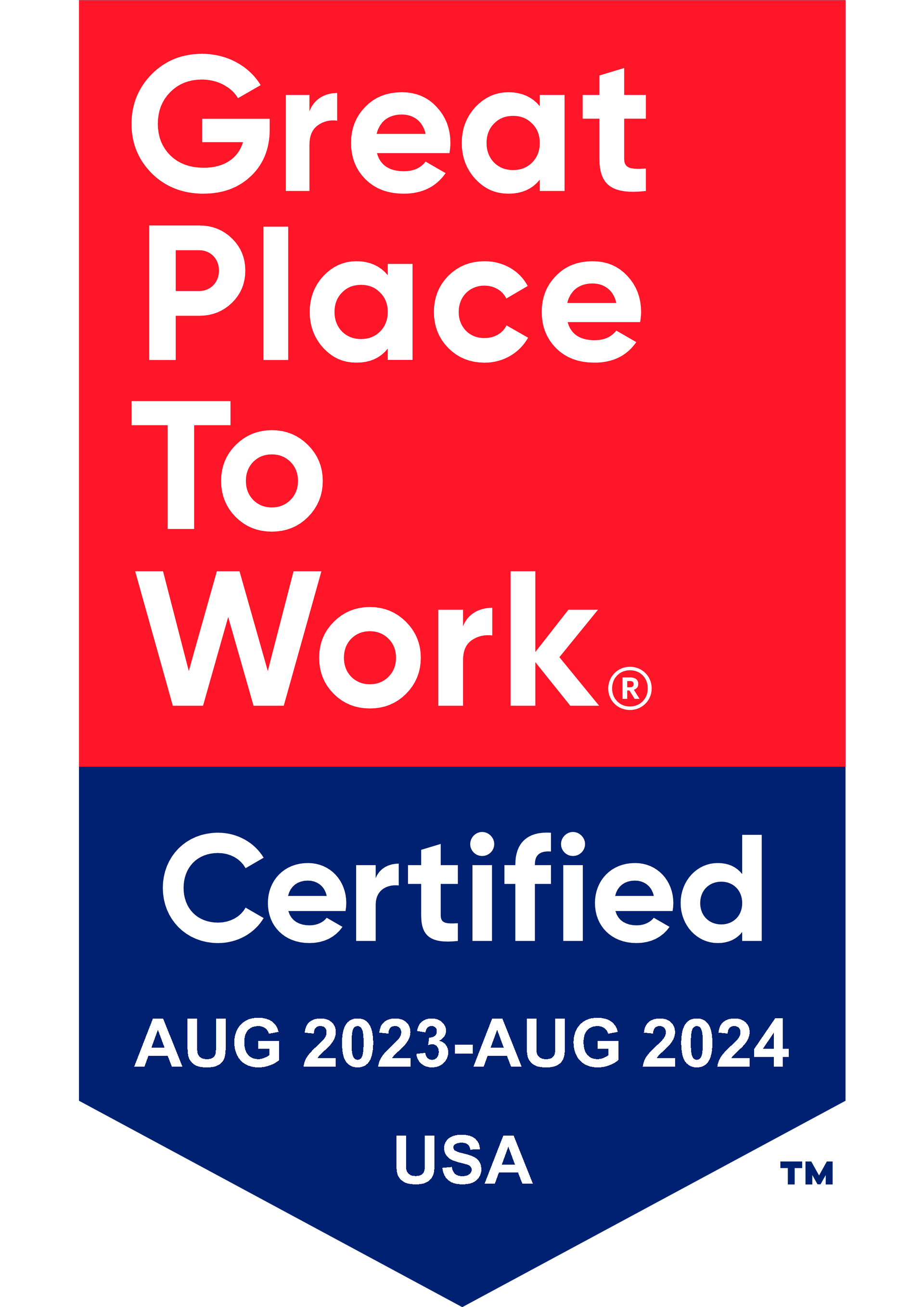Get in touch
408-366-8880
mymail@mailservice.com

Federal and California Health Insurance Regulations for 2020
Health insurance is one of the top benefits that employers can offer to employees. Providing health insurance to employees requires employers to stay on top of the ever-changing legal landscape focused on employer benefits. Do you know both the current and new federal and California health insurance regulations for 2020? In the content below, we explore how this year's health insurance regulations impact employers and employees.
Three of these 2020 benefits changes include:
- Changes to individual state mandates for 2020 benefits
- Expanded preventative care benefits for high deductible health plans (HDHPs)
- Lower Affordable Care Act (ACA) employee affordability percentage
CHANGES TO INDIVIDUAL STATE MANDATES
Employer health insurance requirements are outlined in the ACA. In December 2017, federal tax reform legislation eliminated the ACA's individual mandate that required individuals to carry health insurance or face a penalty. Since the federal elimination of the mandate, some states have put their own mandates that require individuals to carry health insurance in place, including New Jersey, Vermont, Massachusetts, and the District of Columbia. Effective January 1, 2020, California and Rhode Island also enacted individual mandates.
ADDITIONAL CALIFORNIA INSURANCE REGULATIONS
In California, the omnibus health trailer bill, Senate Bill 78, establishes the individual mandate and penalty amount. The individual mandate law is administered by the Franchise Tax Board (FTB). Penalties will be collected when taxes are filed in 2021 for the 2020 tax year. The penalty for not carrying health insurance for an individual could be as much as $695, or 2.5% of the individual’s gross income. For a family of four, the penalty would be a minimum of $2,085, which breaks down to $695 per adult and $347.50 per child.
The penalty was included as a means to offer new California state insurance subsidies, including state aid for first-time subsidies for middle-income families and individuals who qualify for federal support. A 2020 bill was passed for a subsidy program to offer financial support to help consumers pay for health coverage, as well. The subsidy is determined by income level.
There are some exemptions from the California insurance penalty. Those uninsured for less than three months in a row are exempt from the penalty. Households, where coverage would cost more than 8.24% of income and Individuals who don’t meet the minimum income threshold to file taxes, are also exempt.
It’s also important for employers to know that California Assembly Bill 5 went into effect, limiting the use of staff as independent contractors rather than as employees. This bill could impact health insurance eligibility for these individuals, increasing the number of workers eligible for health insurance under California insurance regulations.
EXPANDED PREVENTATIVE CARE BENEFITS FOR HDHPS
For HDHPs, the benefits list was updated by the Treasury Department and IRS in mid-2019 to include treatments for 14 chronic conditions that can receive pre-deductible coverage for items and services needed to manage them. The pre-deductible coverage will not jeopardize the member’s HSA eligibility.
To clarify, this new benefit list is not a mandate, so it is not required by employers. It is available, however, if they choose to incorporate it as part of their HDHP plan, making it a more attractive plan for employees who have chronic conditions.
LOWER AFFORDABLE CARE ACT (ACA) EMPLOYEE AFFORDABILITY PERCENTAGE
The ACA sets limits on what an employer can charge an employee for health insurance to meet the “affordable” plan requirements under the law. In 2019, the lowest-cost, employee-only option available to an employee could not exceed 9.86% of the employee’s household income. For 2020, the rate has been lowered to 9.78%.
BENEFITS OF OFFERING GROUP HEALTH INSURANCE
It can be very beneficial for employers to offer group health insurance to their employees. Benefits include:
- Lower premiums and deductibles
- Attract and retain top talent
- Support health and well-being of employees
- Employee job satisfaction and increased productivity
- Business tax incentives
- Employee pretax benefit
- Spread risk across membership pool
LOWER PREMIUMS AND DEDUCTIBLES
Group health insurance premiums are generally lower than individual health insurance premiums. Deductibles for group health plans are also generally lower than deductibles for similar individual health plans.
ATTRACT AND RETAIN TOP TALENT
Offering group health insurance helps businesses remain competitive in the marketplace to attract and retain top talent. Employees want to work for employers who offer a competitive benefits package. Per a 2015 Glassdoor survey, 57% of respondents said that benefits and perks were one of the top considerations before they said “yes” to a job offer. A 2017 LendingTree survey showed that 33% of individuals turned down an offer due to a lack of benefits.
SUPPORT HEALTH AND WELL-BEING OF EMPLOYEES
Two in five adults feel, or have at some point felt, challenged with paying for health care. Offering health insurance to employees provides them with the means to remain healthy at an affordable price. They can rest assured that they can take care of themselves and their families without stressing about the cost of healthcare.
EMPLOYEE JOB SATISFACTION AND INCREASED PRODUCTIVITY
Benefits are also tied to employee job satisfaction and increased morale. Healthier and happier employees lead to increased productivity, as well.
BUSINESS TAX INCENTIVES FOR OFFERING GROUP HEALTH INSURANCE
Businesses can benefit from tax incentives when they offer 2020 health insurance. Some possible tax incentives include:
- Employers can deduct up to 100% of monthly premiums paid from their federal taxes.
- If employers contribute to their employees’ Health Savings Accounts (HSAs), they might be able to deduct the contributions from their business taxes
- Companies may pay less in payroll taxes when offering group health insurance to employees.
- Employers could qualify for the Small Business Health Care Tax Creditif they paid employee health insurance premiums bought through a SHOP marketplace.
EMPLOYEE PRETAX BENEFIT
Employees pay health insurance premiums with pretax dollars. As a result, they could pay less in annual taxes.
SPREAD RISK ACROSS MEMBERSHIP POOL
Group health insurance plans spread risk across the membership pool. This risk-sharing helps keep group health insurance plan costs lower than individual plan costs.
DIFFERENT TYPES OF GROUP HEALTH INSURANCE PLANS
There are a variety of group health plans to choose from. Most group health plans have some sort of co-pay variation with a deductible. Some of the most common 2020 health insurance options for employers to offer include:
- Preferred Provider Organizations (PPOs)
- Health Maintenance Organizations (HMOs)
- Exclusive Provider Organizations (EPOs)
- High-Deductible Health Plan (HDHP)
HMOs, PPOs, and EPOs are often accompanied by a Flexible Spending Account (FSA). An HDHP is typically accompanied by a Health Savings Account (HSA) or Health Reimbursement Account (HRA).
PREFERRED PROVIDER ORGANIZATIONS (PPOS)
Preferred provider organization (PPO) are similar to HMOs but with a few key differences, including more flexibility. The differences generally make them a more appealing option for employees when compared to an HMO. For a PPO:
- Members have some flexibility in selecting their doctors.
- Members do not need to select a primary doctor.
- Out-of-network providers are frequently covered, though not nearly at the rate that in-network providers are.
Due to more options and flexibility, PPOs often have higher premiums and co-pays than HMOs.
HEALTH MAINTENANCE ORGANIZATIONS (HMOS)
Compared to a PPO and EPO, a health maintenance organization (HMO) provides the least amount of flexibility. Key details of an HMO are:
- It typically requires members to select a primary care physician.
- Primary care doctors need to refer patients to see specialists, such as an endocrinologist or oncologist.
- The primary care physician’s referral for the patient needs to be approved by the HMO.
- Providers need to be in-network for costs to be covered in most cases.
EXCLUSIVE PROVIDER ORGANIZATIONS (EPOS)
An Exclusive Provider Organization (EPO) blends aspects of a PPO and HMO. For an EPO:
- Members select their primary care doctor or specialist.
- All doctors or clinics selected must be in-network.
- Out-of-network providers are usually not covered at all.
FLEXIBLE SPENDING ACCOUNT (FSA)
A Flexible Spending Account (FSA) permits employees to contribute pretax dollars to be used towards qualified medical expenses, such as prescriptions and co-pays. Annual contribution limits are set by the IRS. Employees can borrow against their allotted annual contribution amount if the funds have not yet been distributed into their FSA. Any money contributed to the FSA that is not used for the year is lost.
HIGH-DEDUCTIBLE HEALTH PLAN (HDHP)
Given their lower premiums compared to traditional co-pay plans, many organizations are opting for high-deductible health plans (HDHPs) these days. To qualify as an HDHP, the deductible has to be $1,350 or more for an individual and at least $2,700 for families.
An HDHP can be similar to an HMO, PPO, or EPO. In addition to the higher deductible, a key difference that sets an HDHP apart from traditional, lower deductible plans is that individuals are typically required to meet the deductible before any co-sharing of costs kicks in for the individual.
HEALTH REIMBURSEMENT ACCOUNT (HRA) AND HEALTH SAVINGS ACCOUNT (HSA)
To help with the upfront out-of-pocket expenses attributed to a high deductible, HDHPs are frequently accompanied by a health reimbursement account (HRA) or a health savings account (HSA). Employers can contribute to an employee HSA or HRA, and employee contributions are made with pretax dollars. Contributions can be used for certain medical expenses, similar to an FSA. Once the money is contributed to the account, it remains in the account until the employee uses it. An HSA is also transferrable and goes with the employee if employment is terminated.
FIND THE RIGHT PLAN FOR YOUR BUSINESS
There are a lot of small business health insurance options to consider. Even if a group health plan isn’t the right fit for you, there are other possibilities that would allow you to still provide health care benefits to your employees.
KBI Benefits will work with you to assess your current strategy and then identify health benefits options to support your business and employees. With our team of qualified expert brokers, we will help you navigate the complicated world of employer benefits to find the right plan to meet your specific needs and state and federal regulations.
If you are ready to explore the travel insurance plans we offer, contact us today by submitting our online contact form or calling us at 408.366.8880. We look forward to working with you!
Services
Latest Thinking




